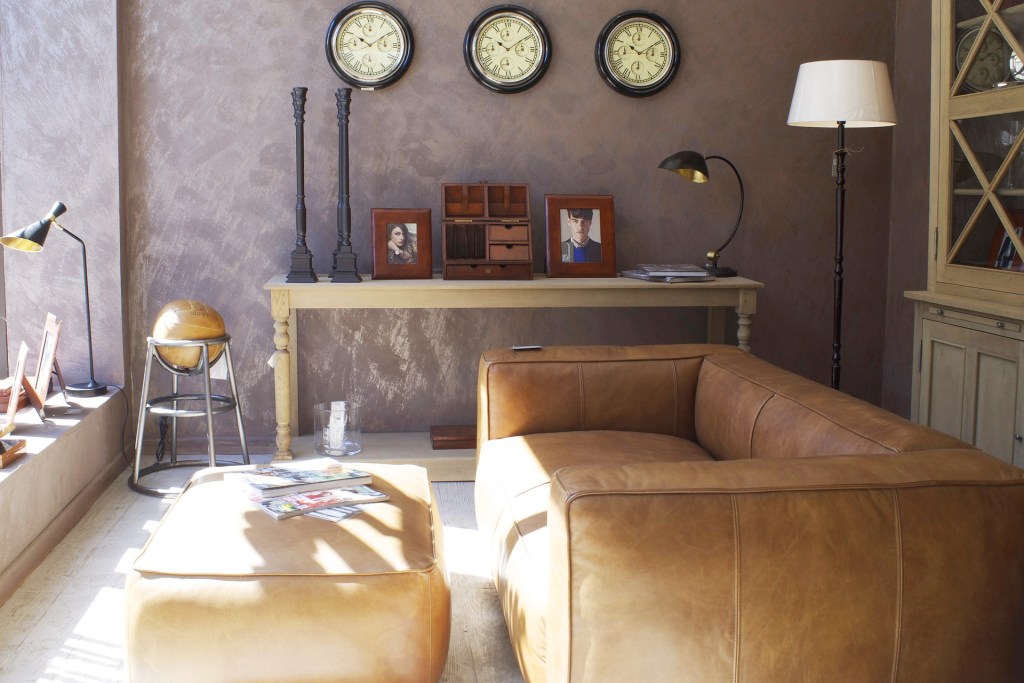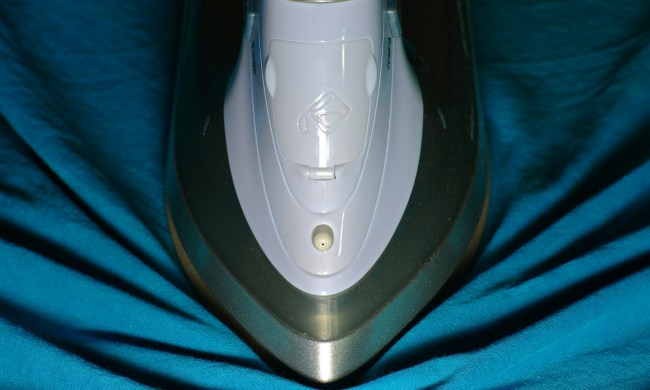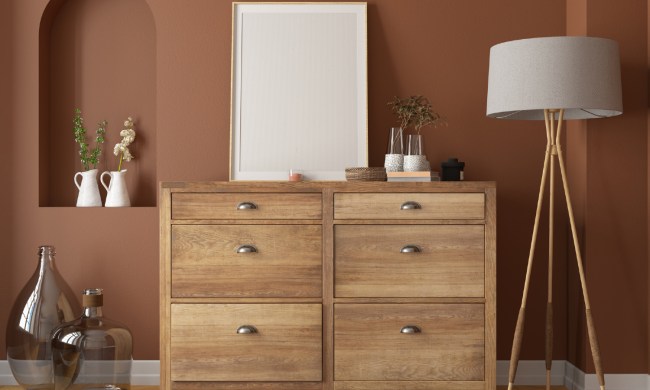
Vintage
To be considered “vintage,” an item must be at least 20 years old. If it’s 20 years old and it’s been restored, then it can still be accurately referred to as vintage. However, to still be considered a true vintage piece, a restored item must be an example of something that clearly defined a particular style in an era for an item to be vintage. For example, specific types of chairs made by certain designers (with precise vintage measurements) fall into this category because those designers only made items to that particular narrow set of specifications.
Newer pieces in the vintage category would be furniture that was created between 1950 and 1980. These would be considered retro. Retro is not as specific a definition as, say, Art Deco. Retro is culturally outdated or out of style, but it has come back into fashion. For example, huge sunglasses and miniskirts are culturally out of style, but they’ve come back as retro.
 Retro
Retro
Retro furniture can be whimsical, connected to pop culture and graphic design, and reflects fashion trends from an era. Currently, furniture that is correctly categorized as “retro” was made between 1950 and 1980. For example, bean bag chairs? Definitely retro. Kitchen chairs with plastic cushion seats and shiny chrome frames? Also retro. Neither of these, however, are comfortable, so we recommend you seek out some alternatives.
You can easily identify the decade from which retro furniture pieces hail if you know your decor history. Retro furniture from the 1950s is sleek with a slender profile, such as Formica tables, chrome bar stools, desks and television stands with slender legs, and low-slung couches with barely-there cushions. In the 1960s, lime green and pink chairs came into fasghion, as well as couches with big bursts of color, and psychedelic patterns. The furniture profiles were still sleek and low from the 50s, and one-piece molded chairs and tables started showing up. Furniture got some of its heft back in the 1970s; legs were chunky and bulky on tables and couches, and the color palette changed from bright and sunny to the proverbial earth tones. And, of course, the 1980s brought us the Art Deco and Southwestern styles, with their predominantly teal and mauve palettes, and geometrics, florals, mirrored furniture, and mirrors on the walls.
 Finding the right pieces
Finding the right pieces
While the opposite is true for vintage pieces, you won’t find anything retro at an antique store. Instead try resale shops or garage and estate sales. Look for sales where an owner lived in the house for years. Look specifically for tufted sectionals, flared desks, tight back sofas, minimalist pendant lights, platform beds, wooden television stands, triangle-shaped coffee tables and side tables, arc lamps, and walnut dining room tables.
Searching for the right antique? Look at antique stores, thrift shops and locales frequented by antique dealers. You might have to pay a bit more for a vintage piece of furniture, but if it’s lasted this long without falling apart, it’s most likely worth the price. No matter the style that speaks to you – classic or colorful, retro or vintage – bringing a bit of the old into your new home is a design decision
 Retro
Retro Finding the right pieces
Finding the right pieces


